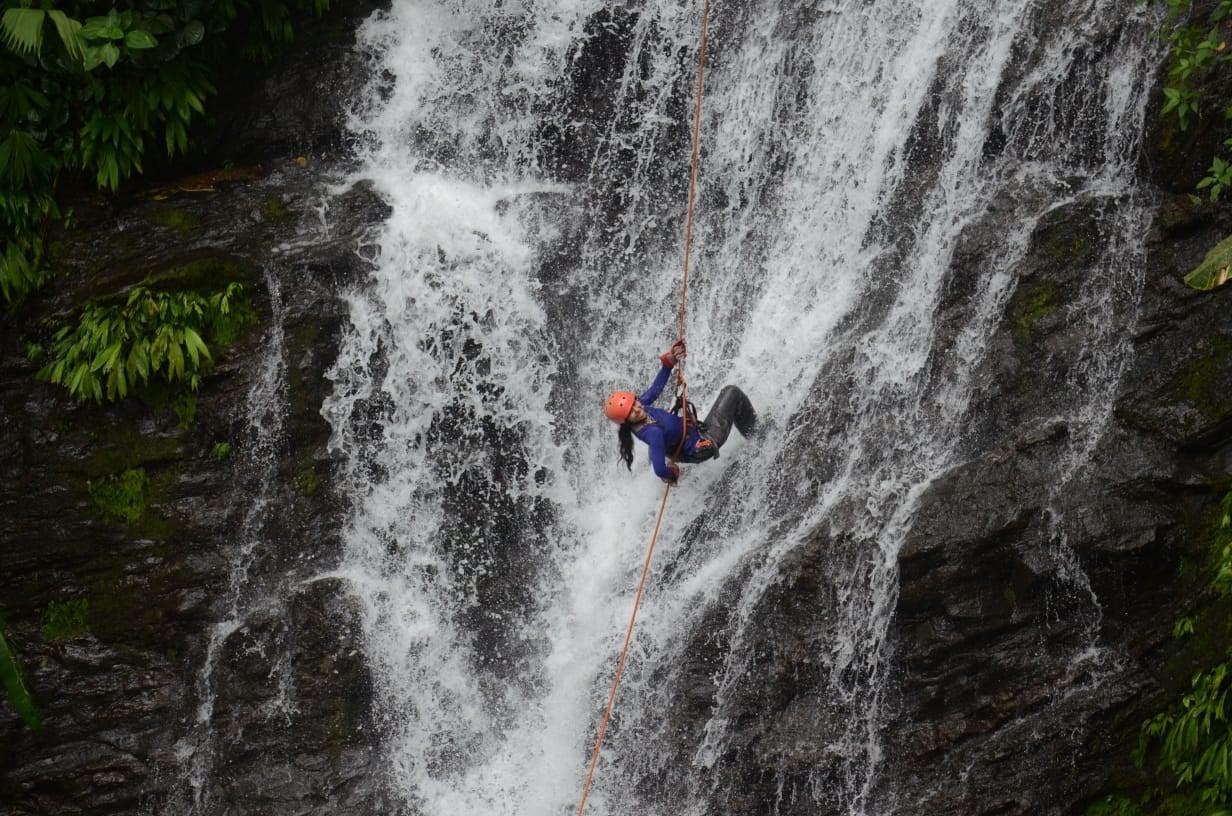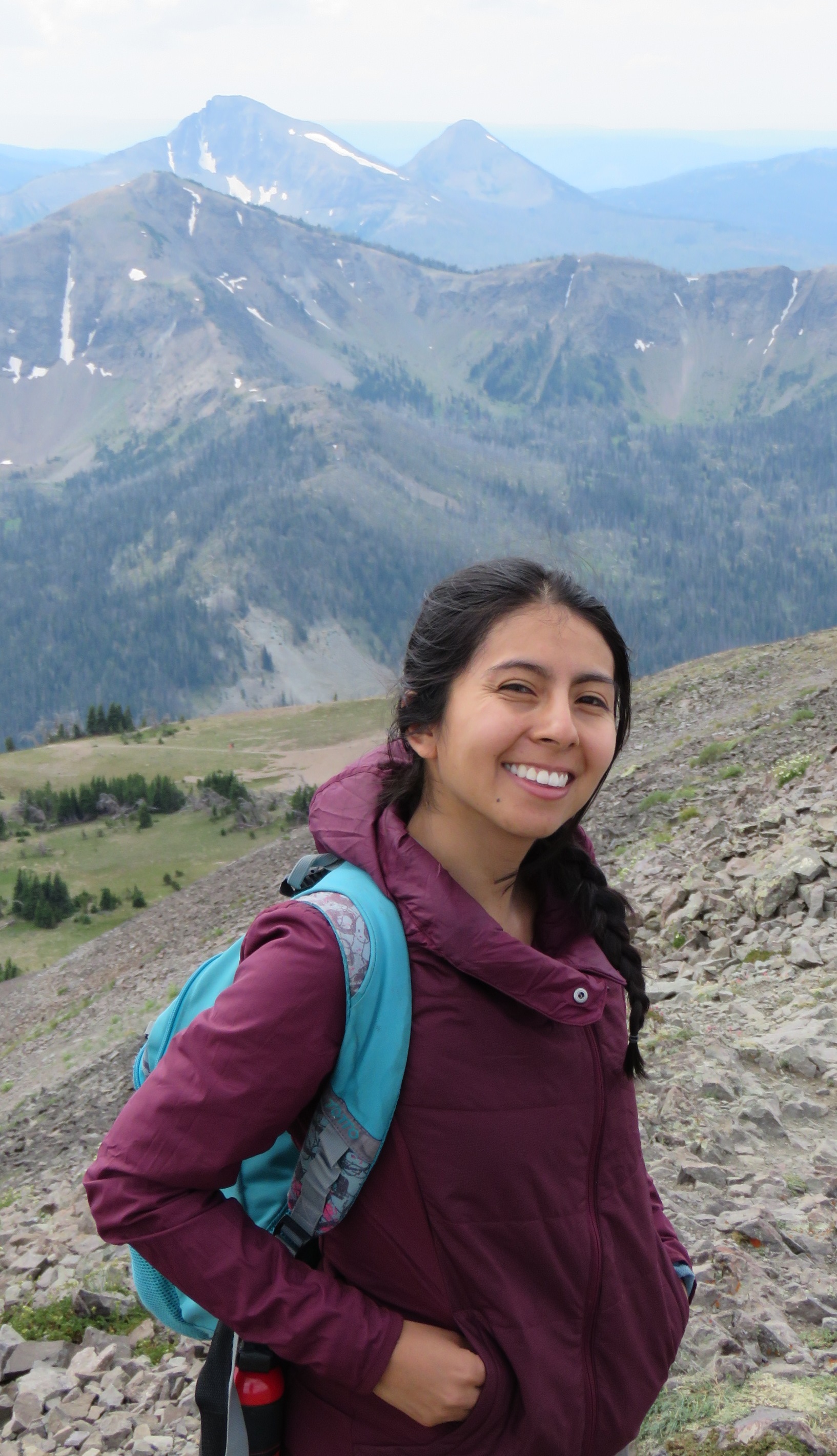
Meet Cindy Azuero-Pedraza, a participant in the 2022 IIASA Young Scientists Summer Program. Learn about her forestry research in the Biodiversity and Natural Resources Program, where she worked with the Integrated Biosphere Futures Research Group to incorporate biodiversity data into forest management decisions.
Azuero-Pedraza is an Industrial Engineering PhD student at the Georgia Institute of Technology in the United States. At IIASA, she incorporated biodiversity data into existing forestry and land use models, including the IIASA Global Biosphere Management Model (GLOBIOM) model, which includes the agricultural, forestry, and bioenergy sectors. To start, she modified a version of GLOBIOM that is focused on forestry, called GLOBIOM Forest. She hoped that by adding biodiversity impact data into the model, biodiversity can play a more important role in the land use decision-making process.
A native of Colombia, Azuero-Pedraza says that she derived inspiration for her summer project from the fragile ecosystems of her home country.
 © Cindy Azuero-Pedraza
© Cindy Azuero-Pedraza
“Colombia is one of the most biodiverse countries in the world. When I work on biodiversity, I always have Colombia in my mind. Some of the research I have done is in the Southeastern United States, but I am always thinking of ways to protect what we have at home. I love hiking and walking through the national parks in my country,” she explains. “When I hear the statistics about how much of the Amazon is cut down – three football fields per minute – or when I hear that they destroyed the Amazon forest because they’re expanding livestock, I feel it in a visceral way because I have spent time there. I have had a real experience of being in that forest, imagining it disappearing is so hard for me. My love for nature, for my country, and for our biodiversity drives my interest in all of this research.”
Azuero-Pedraza’s background in industrial engineering has allowed her to work with many different optimization models and cost-saving processes.
“What inspired me was a desire to contribute to the world. It was never enough to just use these models to maximize profit and minimize cost, over and over again. Throughout my career, I have always wanted to use these methodologies for the greater good,” she notes.
 © Cindy Azuero-Pedraza
© Cindy Azuero-Pedraza
When she began her PhD studies in Industrial Engineering, Azuero-Pedraza researched bioenergy as a means for climate change mitigation. Bioenergy is a form of renewable energy that comes from biomass, or organic materials such as wood, harvest residues, or waste from our homes. However, she was surprised to learn that burning wood was a form of renewable energy, and started to consider the possible negative impacts of this form of energy.
“It is unclear what the biodiversity impact or food security impact will be if we increase our use of bioenergy,” she says. “I feel that only focusing on costs was a major factor in creating the climate crisis that we are facing. So now, as we try to solve this problem, I worry that if we only focus on emissions, we will generate other problems by only focusing on one thing. We can use bioenergy, but not without understanding the costs to the natural environment.”
This past summer, Azuero-Pedraza endeavored to understand how forest management decisions change when incorporating biodiversity into the decision-making process.
“I want to endogenize biodiversity data instead of doing an ex-post analysis,” she explains. “I want to be able to explore which forest management style we could use, or which land use change might be optimal. Then, if we factor in biodiversity, we will understand how the decision changes with that information.”
According to Azuero-Pedraza, one of the most important components of biodiversity in land use and forest management decisions is compromise.
“The idea is to understand the difference between including and excluding biodiversity in decision making, and where the tradeoffs could be,” she says. “We can check to see what the biodiversity impacts would be in the scenarios that do not include it in a decision-making process. We then add biodiversity in the decision-making and ask where the differences in biodiversity impacts are; what amounts are harvested, such as wood in a certain location; and what forest management regimes are used. These are just some of the factors we compare,” she notes.
She also explains the importance of factoring species loss data into the model, in order to optimize a forest management or land use decision.
“If someone has to find the optimal decision, but can’t lose more than a certain amount of species, we can model that to find the best solution,” she explains. “We could also incorporate species loss data as a negative implication. The idea is that these models not only maximize economic surplus, but optimize for biodiversity and encourage decision makers to consider that factor.”
To expand the GLOBIOM forest model, Azuero-Pedraza used biodiversity data from multiple sources, including her own research, existing literature, and existing models such as the Countryside Species Area relationship, which is used in ecology to estimate potential species loss due to habitat loss.
“Species richness is just one indicator of biodiversity,” she says. “There are so many more ways to measure it. But this is just a start, because measuring biodiversity itself is very difficult.”
Azuero-Pedraza says that her current model “will be a starting point to assess future scenarios while considering biodiversity implications.” Ultimately, she hopes to extend her modeling framework with GLOBIOM and into an Integrated Assessment Model, a powerful tool to assess potential future climate change mitigation pathways.
“If we manage to integrate biodiversity impacts in a way that affects these potential pathways, we will have an integrated approach in which we could prioritize solutions that are simultaneously good for biodiversity conservation and climate change,” she says. “I hope that someday, when our society makes decisions about forest management, we will consider not only economic implications, but also biodiversity ones.”
Note: This article gives the views of the author, and not the position of the Nexus blog, nor of the International Institute for Applied Systems Analysis.